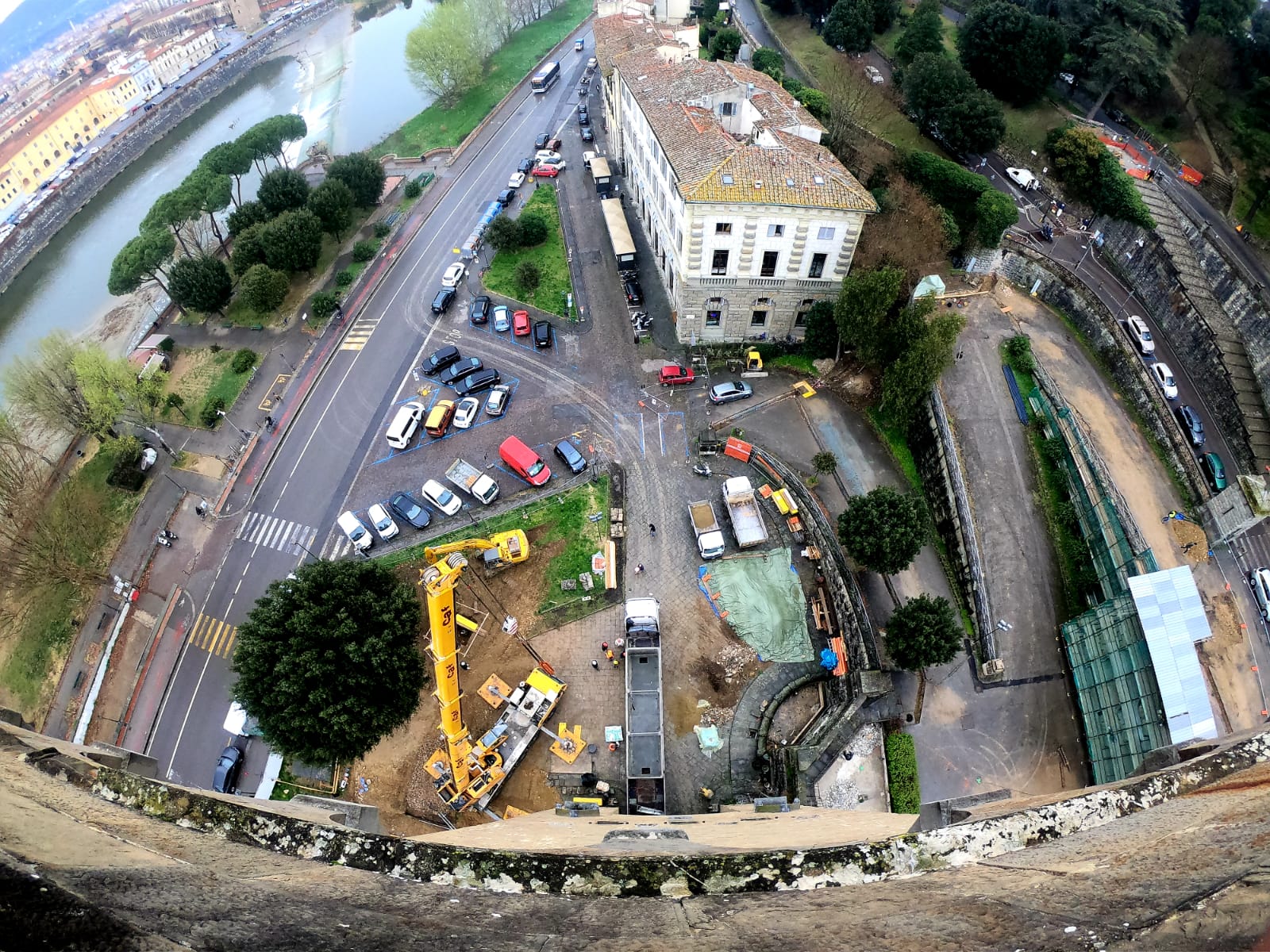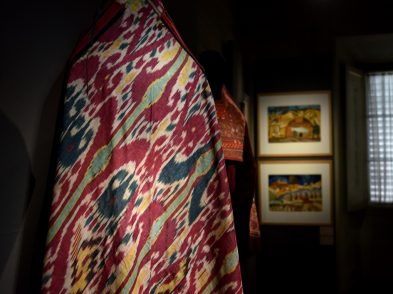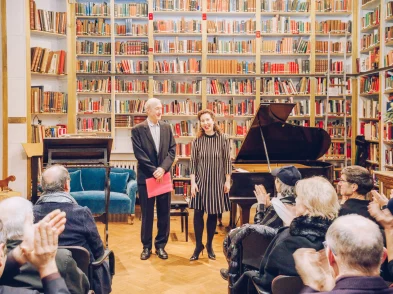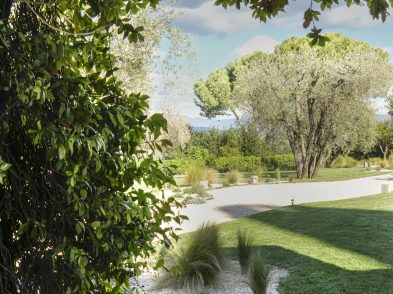A 27,000-litre water tank was installed in piazza Poggi on March 13. It’s the cornerstone of the revitalization project to bring the mid-19th-century water features—fountains, grottos and cascades—back to life this May.

A bird’s-eye view of the water tank being installed in piazza Poggi, Florence | ph. Fondazione CR Firenze
This is a key step in the restoration that began in July 2018. The project, which will cost in the range of 2.5 million euro, is being managed and financed by the Fondazione CR Firenze, through the Art Bonus initiative, whereby Italian companies receive a tax break of 65 percent for donations to cultural activities.
During the restoration it emerged that the original water system could not be used due to blockages and interruptions in the flow from the Gamberaia and Alinari sources. A circular water plant, isolated from the city’s supply, was ideated to reproduce the same effects initially intended by the ramp’s architect Giuseppe Poggi, minimizing operational costs and the impact on the environment. In piazza Poggi two artesian wells have been created, which are connected to an underground storage and pumping system that follow the existing network as much as possible and reverse the water into the main tank.
“We’ve reached a stage in the restoration where we’re beginning to see the magnificence of this impressive monument,” commented Gabriele Gori, director general of Fondazione CR Firenze Gabriele Gori. “We want to give this place back to the city … and this important new step in the project will allow us to recover the most significant aspect of Giuseppe Poggi’s architectural design: water at one with nature, mastery and architectural monuments.”
The ramps, originally built in the 1870s when Florence became the capital of Italy, wind their way across three levels: the grottos, which consist in stone recesses dug into the walls covered with plaster work and sponges across the first two levels of the ramps; the main tank, on the third terrace, consisting of several stone basins covered in sponges, rocks and mosaics; and the cliffs and the little grottos, dotted along the wider sections of the paths, made of stone from the Monte Ripaldi quarries.







